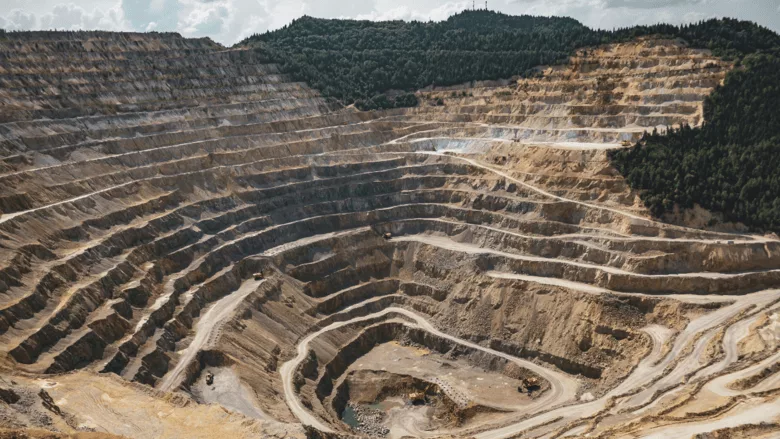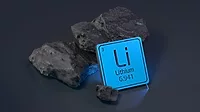Feds Fast-Track Utah Mine in Bid for Energy Independence
The pivot is meant to confront what the White House calls a “national energy emergency".

Image via Vlad Chețan from Pexels
In a bold pivot meant to confront what the White House calls a “national energy emergency,” the U.S. Department of the Interior has announced an expedited environmental review for a uranium and vanadium mining project in southeastern Utah.
The Velvet-Wood mine, nestled in San Juan County, is the first beneficiary of new emergency permitting procedures rolled out in response to President Trump’s January 2025 emergency declaration.
If the project clears this fast-tracked 14-day review window, it could quickly move forward—something virtually unheard of in the realm of mineral extraction, where red tape and environmental assessments often take months or even years.
“America is facing an alarming energy emergency because of the prior administration’s Climate Extremist policies,” said Interior Secretary Doug Burgum in a press statement that pulled no punches. “This is the kind of decisive action we need to secure our energy future.”
The Velvet-Wood project proposes to mine uranium and vanadium by tapping into the remnants of the old Velvet Mine while disturbing only about three new acres of land—thanks to an underground plan that builds on previous mining infrastructure. The mine’s operator, Anfield Energy, also owns the nearby Shootaring Canyon uranium mill, which it plans to restart. If everything aligns, uranium ore from the Velvet-Wood site would be processed locally, offering a rare example of a closed-loop domestic supply chain for critical minerals.
Why the urgency? In short: foreign dependency. In 2023, nearly 99% of uranium concentrate used in the U.S. came from abroad, with key sources including Russia, Kazakhstan, and Uzbekistan. Vanadium, meanwhile, is almost entirely mined in countries like China, Russia, and South Africa. That dependency, officials say, puts U.S. security—and the energy grid—at risk.
While uranium fuels nuclear reactors, both civilian and military, it also plays a role in the production of tritium for nuclear weapons and powers U.S. Navy submarines. Vanadium, less well-known but no less critical, strengthens steel and is used in high-performance aerospace materials.
The move to expedite this project taps into emergency authorities embedded within environmental and preservation laws such as the National Environmental Policy Act (NEPA), the National Historic Preservation Act, and the Endangered Species Act. The Interior Department says it’s taking “extraordinary steps” to ensure these reviews still meet baseline environmental standards while addressing the urgency of the situation.
“We’re driving American Energy Dominance and ensuring our nation’s energy security,” said Adam Suess, Acting Assistant Secretary for Land and Minerals Management.
But while the Interior touts this move as a no-nonsense response to a mounting crisis, critics will likely raise concerns about the long-term impacts of rushing environmental assessments—especially in a region with sensitive ecosystems and a complex cultural history. That debate, as always, is just heating up.
For now, the Velvet-Wood mine represents a clear signal of the administration’s strategy: cut through bureaucracy, dig in fast, and bring home the minerals that keep the lights on.
Looking for a reprint of this article?
From high-res PDFs to custom plaques, order your copy today!









